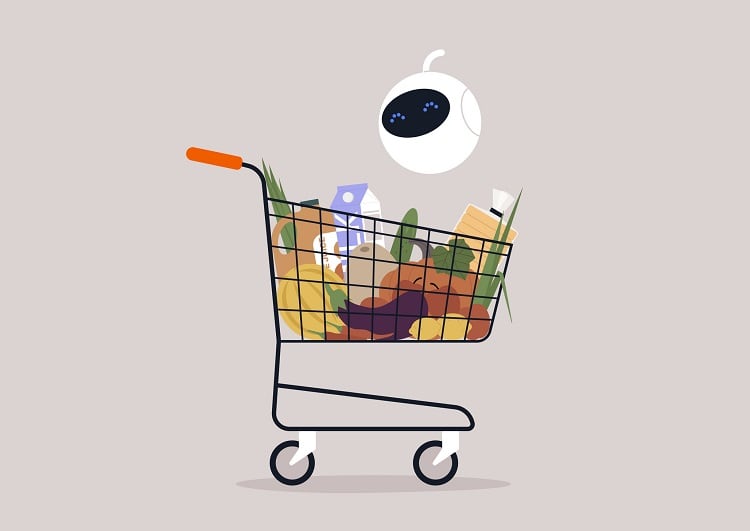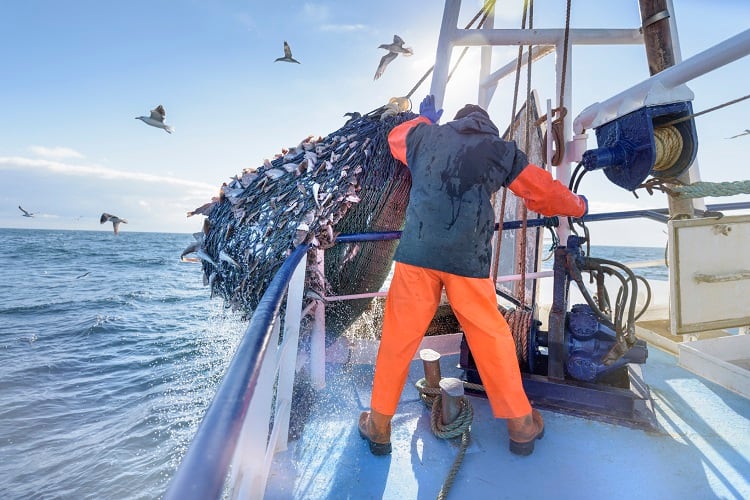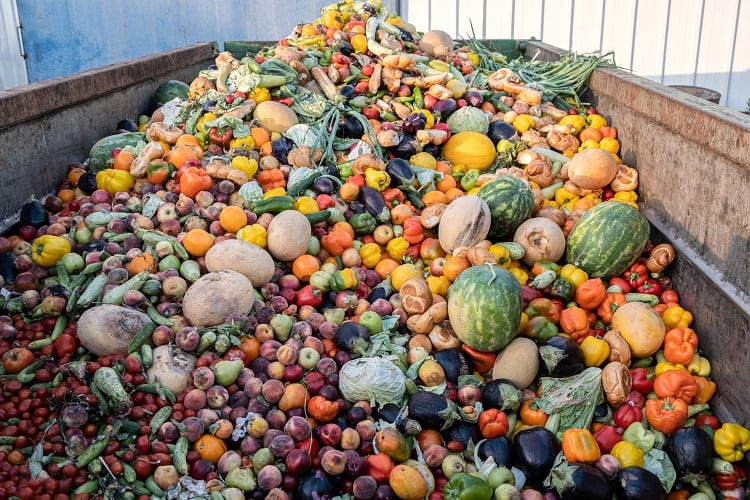Food waste is a serious issue across the globe. It contributes to climate change and is costly for food manufacturers, retailers, and consumers.
According to the United Nations, around 13% of food produced globally is lost between harvest and retail, and an estimated 17% of food produced globally is wasted in households, food service and retail.
“Food loss and waste undermine the sustainability of our food systems,” says a spokesperson for the United Nations (UN). “When food is lost or wasted, all the resources that were used to produce this food - including water, land, energy, labour and capital - go to waste. In addition, the disposal of food loss and waste in landfills leads to greenhouse gas emissions, contributing to climate change. Food loss and waste can also negatively impact food security and food availability and contribute to increasing the cost of food.”
And food waste is also a major contributor to world hunger.
“Reducing food losses and waste is essential in a world where the number of people affected by hunger has been slowly on the rise since 2014, and tons and tons of edible food are lost and/or wasted every day,” said a spokesperson for the United Nations.
Now scientists think they may have made a breakthrough in the fight against food waste, with the invention of ‘smart packaging’ that identifies when food is no longer edible, without the current consumer reliance on pre-determined, and sometimes inaccurate, 'sell by' and 'expiry' dates.
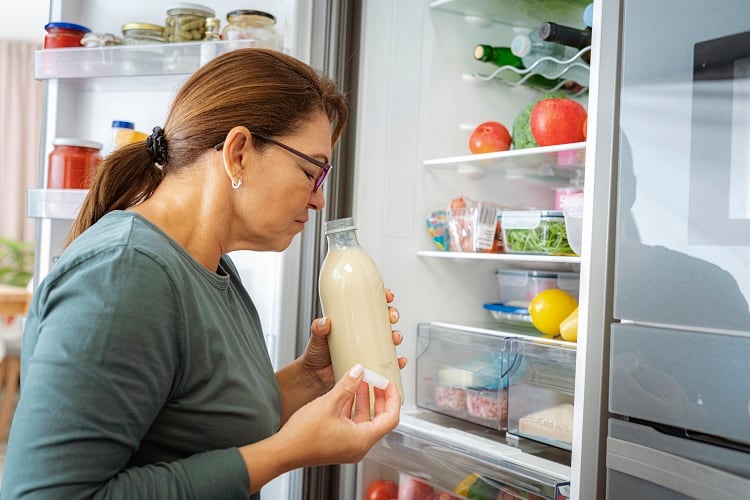
How can ‘smart packaging’ reduce food waste?
A team of researchers from McMaster University in Canada has devised a set of tests for food packages that can indicate if the contents are contaminated. The aim? To reduce food waste and prevent illnesses. Furthermore, the team is now focusing on integrating this smart packaging technology into commercial products by engaging with producers and regulators.
In a paper, published in Nature Reviews Bioengineering, the researchers analysed the current practice of using ‘best before’ and ‘consume by’ dates as a means of maintaining food safety. They then began working on a more efficient alternative, which stops perfectly good food being thrown away.
Since 2018, the team has been pioneering various packaging-based technologies to detect or prevent food spoilage. Some of their previous inventions include a colour-changing plastic wrap called ‘Sentinel Wrap’, a handheld test that quickly identifies spoilage in retail settings, and a small test integrated into food trays called ‘Lab-on-a-package’. They also created a bacteriophage-infused sprayable gel that neutralises harmful bacteria.
All of the solutions target common pathogens like Listeria, Salmonella, and E. coli.
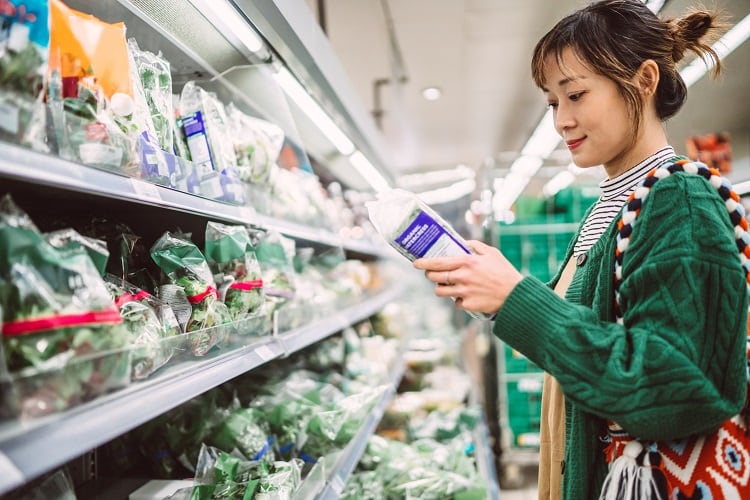
Resistance from the food industry
However, the team has faced some resistance from food producers, who are hesitant to adopt the technology due to the additional cost it would incur.
But the team believes the technology could save food manufacturers costs through the prevention of foodborne illness outbreaks and food waste. They also estimate that the societal savings from reduced waste and healthcare costs could total hundreds of billions of dollars globally each year.
“On the one hand, people want to have safe food to eat. On the other, they don’t want to pay more for their food, because prices are high already and seem only to be climbing higher,” says Tohid Didar, a biomedical engineer and corresponding author of the paper.
Didar also emphasises the importance of initiating conversations amongst researchers, policymakers, corporations, and consumers to tackle these issues as implementing the contamination-detection technology would require changes to food regulations and packaging practices.
Furthermore, Shadman Khan, the paper’s lead author, maintains that the team is dedicated to transitioning from an outdated calendar-based system to a more precise, detection-based food safety system.

Food waste on the high seas
Cruise lines are confronting the major issue of food waste head on. So how are they doing it and can food manufacturers learn from their approach?
Source: Smart food packaging commercialization
Published online: 30 April 2024
DOI: https://doi.org/10.1038/s44222-024-00190-5
Authors: Shadman Khan, Zeinab Hosseinidoust, Yingfu Li, Carlos D. M. Filipe, Tohid F. Didar


